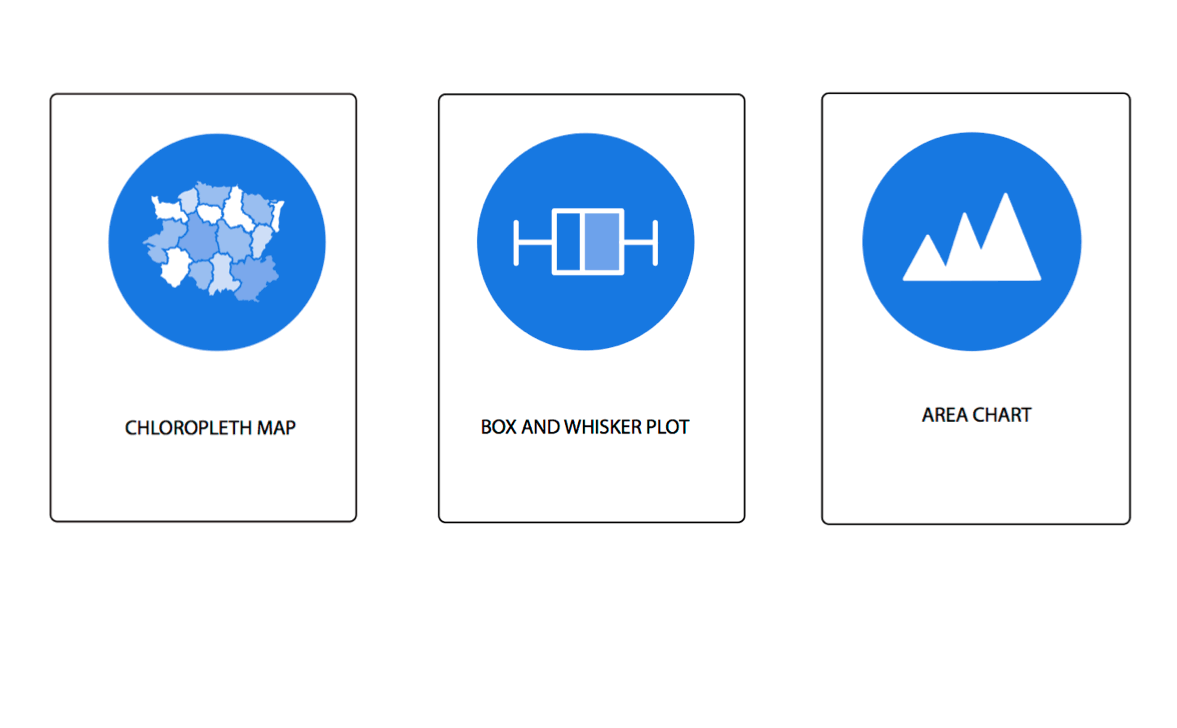Prototyping a card game about datavisualisation – Part 1
On April 11, I was invited by TechSoup Europe to Istanbul to speak at ThingsKamp, a conference dealing with topics such as data, technology, peer learning… This event was a the culmination of a series social projects about technology and community building.
I was asked to make an interactive presentation, so I grabbed the chance to work on an idea I was toying with: making a datavisualisation card game.
You can grab my slides here.
1. Why a card game?
The card game has the advantage of being physical, which is nice break from the all-computer kind of data workshops. It facilitates discussion, create a more relaxed learning atmosphere and works for all ages.
Games in general, when designed well, can be picked up by beginners who will understand the rules and the nuances as they read the ruleset and play the game. This is a definitive advantage if we want to spread data literacy: a game can reach more people than we ever will.
I got the permission of Severino Ribecca, the creator of the ever useful datavizcatalogue, to use his illustrations as teaching materials, so I used them to build the prototype.
2. How does it look like?
There are two sets of cards:
- The playing cards, with the visualisations. On the front, the symbol and the name of the visualisation. On the back, the categories those visualisations belong to. Most materials were sourced from the datavizcatalogue.
- The « scenario » cards, where I’ve written typical questions that we use to explore a dataset. For this prototype there were 9 cards around a same theme, with two themes: traffic accidents and domestic violence.
I won’t distribute the files for now because it’s a prototype, and the illustrations are not under a creative commons licence. A dedicated website will be set up to distribute the cards and rulesets once the illustrations are reworked and the mechanics improved.
3. How does it play like?
Because I was uncertain about the number of attendees, I decided on game that could be played quickly, and with groups.
I set up two tables, one set of playing cards by table. The participants were split into two groups, each one assigned to a table. After I’d read a « scenario » card, the groups had to search together the corresponding charts, in a limited time. When the time was over, they had to put the cards in the air, so I could verify their cards, give out points and explain the correct reasoning.
The game is played over several turns, and the winning group is the one with the most points at the end, by adding points for each good card and subtracting for each wrong one.
4. How did people react?
The group game pushed people to debate about what works and what doesn’t. The groups only had one minute to decide, so the final seconds were stressful but definitely fun.
The positive feedback:
- « it was really interesting, I learned a lot »,
- « I never went beyond the line, pie and bar chart, so I discovered a lot of new charts, just by seeing them on the table »,
- « I never made the conscious efforts of linking variables with charts, so this was a great learning experience for me »
- « It was fun to use physical cards »
The negative feedback:
- « There were many people around the table, so its was hard to look at all the cards. A reference sheet would have helped »
- « It went a bit quickly, so I couldn’t understand all the explanations and illustrations »
For a test run, this workshop was successful. In part 2, I will describe the process of creating the game, and the challenges left to tackle.



